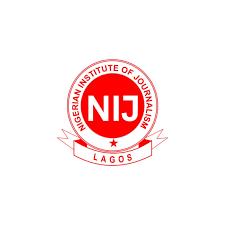Government Keypoints: The Structure and Workings of Nigerian Federalism; Nigeria’s federalism delineates the distribution of powers between the central government and the various states, aiming to manage diversity and promote unity within the country.
Study more government keypoints here
This system addresses ethnic complexities and regional disparities prevalent in Nigeria’s diverse society.
a. Rationale for a Federal System:
Nigeria’s adoption of federalism is rooted in its diverse ethnic groups, languages, and cultures. With over 250 ethnic groups, federalism allows autonomy for states to manage their affairs, preventing dominance by one group and fostering unity through decentralized governance.
b. Tiers of Government and their Relationship:
Nigeria operates a three-tier system: federal, state, and local governments. The federal government manages national issues like defense and foreign affairs. State governments handle local concerns such as education and healthcare. Local governments focus on grassroots governance. Relationships among tiers are defined by the constitution, ensuring federal powers while respecting state autonomy.
c. Creation of States:
Over time, Nigeria has created states to address representation and development. Notable years for state creation include:
- 1963: Creation of Western and Mid-Western regions from the former Western Region.
- 1967: Formation of 12 states from regions during the Gowon administration.
- 1976: Establishment of 19 states by Murtala/Obasanjo regime.
- 1987: Creation of additional states bringing the count to 21 under the Babangida regime.
- 1991: Further state creation, reaching 30 states under Babangida.
- 1996: The creation of additional six states by the Abacha regime, making 36 states in Nigeria.
d. Problems and Solutions of Nigerian Federalism:
i. Examination of Problems:
- Census Accuracy: Inaccurate census data leads to skewed representation and resource allocation.
- Revenue Allocation: Contentions arise over unequal resource distribution among states.
- Ethnic and Religious Conflicts: Marginalization triggers conflicts and instability.
ii. Identifying Problems:
- Census Accuracy: Inaccurate data leads to unfair representation and resource distribution.
- Revenue Allocation: Unequal resource sharing causes friction among states.
- Ethnic and Religious Conflicts: Marginalized groups lead to unrest.
iii. Evaluation of Corrective Measures:
- Federal Character Principle: Promotes equitable representation in government offices to address ethnic imbalances.
- Resource Control Review: Ensures fair and equitable revenue allocation.
- Conflict Resolution Mechanisms: Implementing dialogue and peace-building measures to address conflicts.
In conclusion, Nigerian federalism aims to manage diversity but faces challenges requiring continual adaptation. Implementing accurate census data, fair resource allocation and inclusive governance are vital to strengthening federalism and fostering unity.












